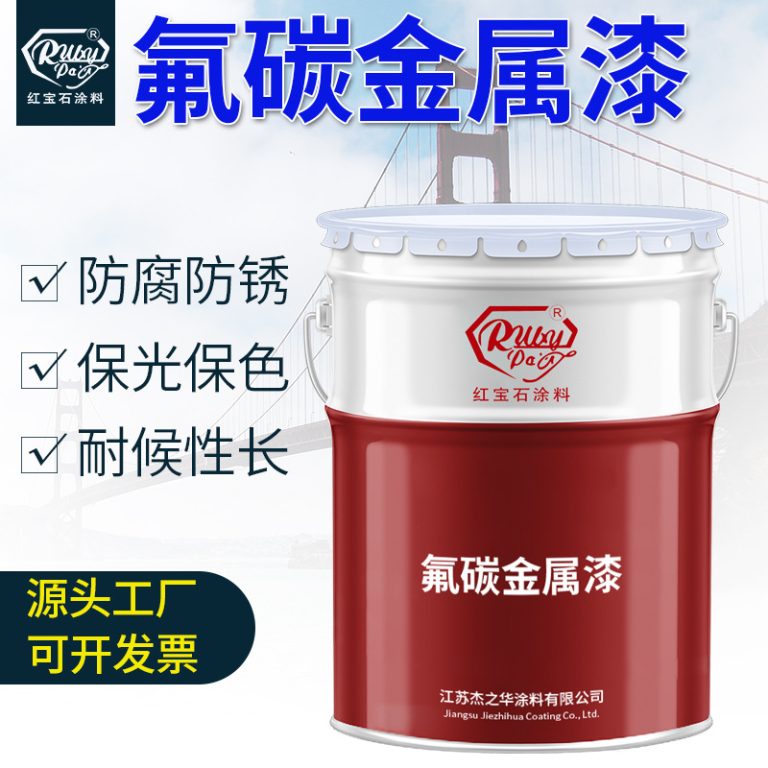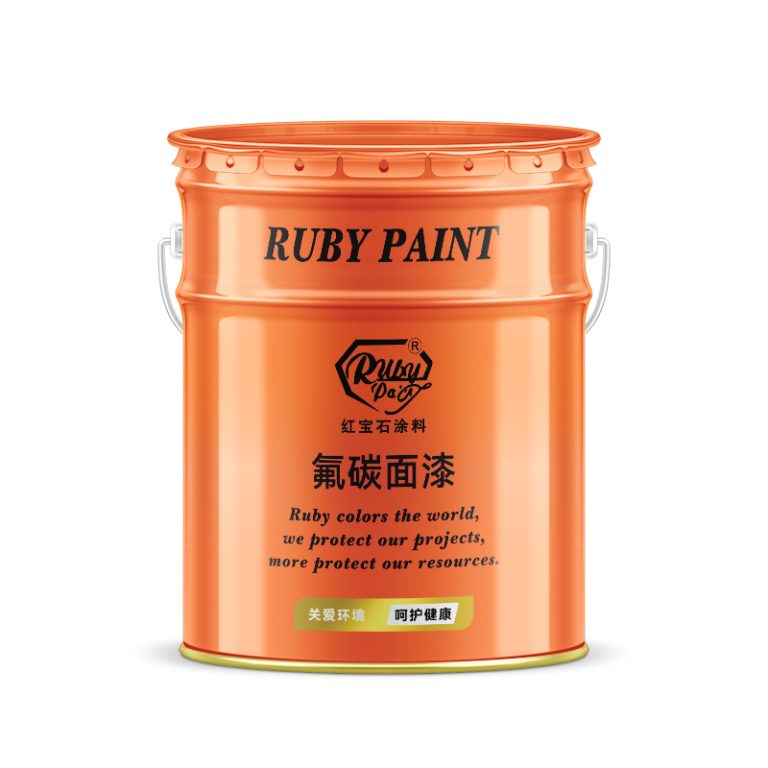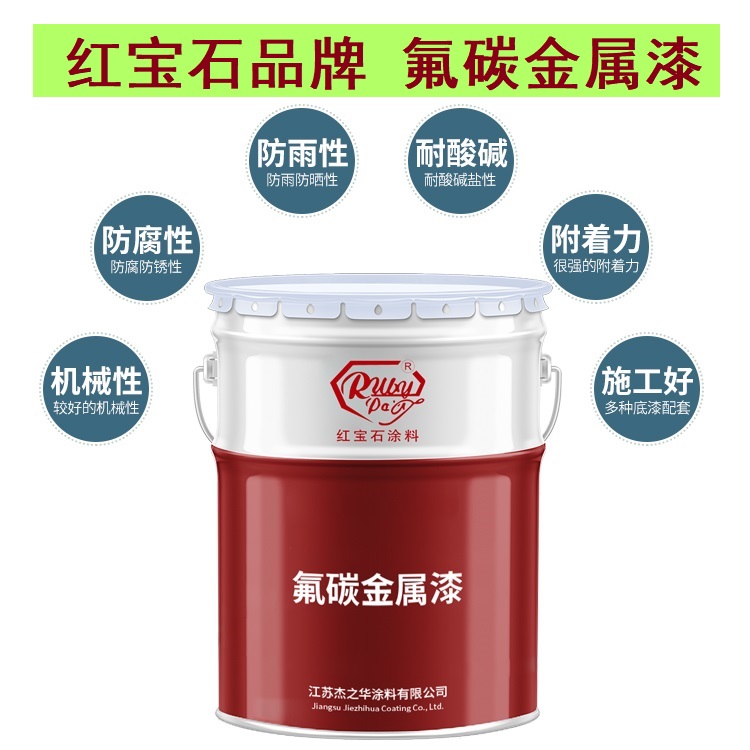Table of Contents
Best Practices for Applying Marine Paint on Fiberglass Boats
Marine paint for fiberglass is an essential component in maintaining the durability and appearance of fiberglass boats. The harsh marine environment can take a toll on fiberglass surfaces, making it crucial to apply a protective layer of paint that can withstand the elements. However, the process of applying marine paint on fiberglass boats requires careful consideration and adherence to best practices to ensure optimal results.
| No. | Article Name |
| 1 | Industrial paint |
Before beginning the painting process, it is important to thoroughly clean the fiberglass surface. Any dirt, grease, or previous coatings must be removed to ensure that the new paint adheres properly. This can be achieved by using a high-quality marine cleaner and degreaser, followed by sanding the surface with fine-grit sandpaper. Sanding not only helps to remove any remaining contaminants but also creates a rough surface that allows the paint to bond more effectively.
Once the surface is clean and sanded, it is essential to apply a primer specifically designed for use on fiberglass. The primer serves as a base coat that helps to improve the adhesion of the paint and enhances its durability. It is important to choose a primer that is compatible with both the fiberglass material and the type of marine paint being used. Applying the primer evenly and allowing it to dry completely according to the manufacturer’s instructions is crucial for achieving a smooth and long-lasting finish.
After the primer has dried, the next step is to apply the marine paint. It is advisable to use a paint that is formulated for marine environments and is suitable for fiberglass surfaces. These paints are typically more resistant to UV rays, saltwater, and other corrosive elements found in marine settings. When applying the paint, it is important to use a high-quality brush or roller to ensure even coverage. Multiple thin coats are preferable to a single thick coat, as this helps to prevent drips and ensures a more uniform appearance.
The application of each coat should be followed by adequate drying time, as specified by the paint manufacturer. Rushing this process can lead to a subpar finish and may compromise the paint’s protective qualities. Additionally, it is important to maintain a clean working environment free from dust and debris, which can adhere to the wet paint and mar the finish.
Once the final coat of paint has been applied and has dried completely, it is beneficial to apply a clear marine varnish or sealant. This additional layer provides extra protection against the elements and can help to extend the lifespan of the paint job. The varnish or sealant should be applied in thin, even coats, and allowed to dry thoroughly between applications.
In conclusion, applying marine paint on fiberglass boats is a meticulous process that requires attention to detail and adherence to best practices. From cleaning and sanding the surface to choosing the right primer and paint, each step plays a crucial role in achieving a durable and aesthetically pleasing finish. By following these guidelines, boat owners can protect their fiberglass boats from the harsh marine environment and ensure that they remain in excellent condition for years to come.
Comparing Top Marine Paint Brands for Fiberglass Surfaces
Marine paint for fiberglass is a specialized coating designed to provide protection and aesthetic enhancement to boats and other marine vessels. When it comes to selecting the right marine paint for fiberglass surfaces, it is essential to compare the top brands in the market to ensure optimal performance and durability. Each brand offers unique formulations and features that cater to different needs and preferences.
One of the leading brands in marine paint for fiberglass is Interlux. Known for its high-quality products, Interlux offers a range of paints that are specifically formulated for fiberglass surfaces. Their paints are renowned for their excellent adhesion properties, which ensure a long-lasting finish. Additionally, Interlux paints are resistant to UV rays, saltwater, and other harsh marine conditions, making them a popular choice among boat owners.
Another top contender in the marine paint industry is Pettit Paint. Pettit Paint provides a variety of marine coatings that are designed to deliver superior protection against the elements. Their fiberglass paints are easy to apply and are available in a wide range of colors, allowing boat owners to customize the appearance of their vessels. Moreover, Pettit Paint products are environmentally friendly, as they are formulated with low VOCs (Volatile Organic Compounds), which contribute to better air quality and reduced environmental impact.
Awlgrip is another reputable brand that offers high-performance marine paint for fiberglass. Awlgrip’s coatings are known for their exceptional gloss retention and resistance to abrasion, making them ideal for boats that are frequently exposed to rough conditions. The brand’s paints also provide excellent water resistance, which helps prevent blistering and other damage caused by prolonged exposure to moisture.

When comparing these top marine paint brands, it is important to consider factors such as ease of application, color availability, environmental impact, and overall performance. Interlux, for example, is favored for its strong adhesion and UV resistance, which are crucial for maintaining the integrity of fiberglass surfaces. Pettit Paint, on the other hand, is preferred for its eco-friendly formulations and extensive color options, allowing boat owners to achieve both aesthetic appeal and environmental sustainability. Awlgrip stands out for its durability and high-gloss finish, which are essential for boats that endure frequent use and exposure to harsh conditions.
In addition to these factors, it is also important to take into account the specific needs of your boat and the conditions it will be exposed to. For instance, if your boat is primarily used in saltwater environments, it is vital to choose a paint that offers excellent saltwater resistance. Similarly, if you are looking for a paint that is easy to maintain, you might opt for a brand that offers self-cleaning or low-maintenance coatings.
| No. | Name |
| 1 | Industrial paint |
Ultimately, the choice of marine paint for fiberglass surfaces depends on a combination of personal preferences, environmental considerations, and the specific requirements of your marine vessel. By carefully comparing the top marine paint brands and their respective features, you can make an informed decision that ensures the longevity and aesthetic appeal of your boat. Whether you prioritize eco-friendliness, ease of application, or durability, there is a marine paint brand that can meet your needs and exceed your expectations.





